
Ancient Acupuncture Wisdom for Treating Mental Illness: Strategies From the Imperial Medical Academy
I’ve written several case studies and “think pieces” on acupuncture treatment of mental health. In the midst of my ongoing series of articles exploring acupuncture’s Luo “Connecting Vessels,” which I consider vital to the resolution of trauma and its manifestations, I’d like to explore treatment strategies put forth by the foremost medical entity within ancient China: the Imperial Medical Academy.
Study and treatment of mental illness throughout the history of Chinese medicine is vast. It was originally considered to be within the realm of priests and shamans. However as Chinese medicine became more Confucian, scholarly and “medical,” the Imperial Medical establishment began developing strategies for treating mental illness.
During the Ming Era (1368-1644 A.D.) mental illness was known as Qing Chi Bing, which translates as “the emotions as they disorient the will in the Kidneys.” Chinese medicine views each of the core emotional attributes (joy, fear, grief, anger, pensiveness) as residing or being “housed” in the major internal organs (Heart, Kidneys, Lungs, Liver, Spleen). The willpower is said to be governed by the system of the Kidneys. When the emotions become exuberant or a person is unable to process and release them, they are said to become the “7 poisons” that can cause disease.
Mental illness is described as “a disease of the Spirit and its Channels.” The emotions, when they are unable to harmonize will disrupt a person’s willpower, causing various symptoms. A person loses control of their mind and behavior, causing obsession and/or compulsion to result. Anxiety and depression can occur, as can “acting out” behavior. Eating disorders, destructive behavior (to oneself and others), paranoia, personality disorders, hyperactivity, mania, emotional outbursts, insomnia can all be manifestations.
The ancient Chinese believed the “Spirit” (Shen) resides in the Heart and circulates through the blood. Therefore mental illness is believed to be closely related to the organs most involved with blood chemistry and physiology: the Heart which circulates the blood, the Spleen-Stomach which produces the blood and the Liver that stores the blood. Disturbance to the blood and the Heart “disorients” the willpower which is housed in the Kidneys. The connection, and “communication” between the Heart and Kidneys is the basis of mental health: harmony between the spirit and the will. The result of Heart-Kidney miscommunication is often a sense of disorientation, anxiety, depression and loss of sense of purpose and even self. It can lead to compulsive, addictive, even self-destructive behavior.
The major mental illness disorder discussed within the core Chinese medical classic Nei Jing is called Dian Kuang which resembles the modern definition of manic depression, bipolar disorder and the like. However all mental illness definitions can be translated into Chinese medicine and treatment with acupuncture. Dian Kuang essentially represents the continuum between manic expression (including neurological and “acting out” behaviors, insomnia, agitation, anxiety, etc) and depression, and everything in between.
The Imperial Medical Academy established basic criteria for treating mental illness in general. The strategy includes five parts. The first three strategies for treating mental illness involve the blood. Most importantly, the patient’s blood must be “nourished” so as to calm and soothe the Spirit. The blood must also be invigorated to break up stasis and stagnation, which can relate to fixated experiences usually born from trauma: the PTSD “stuck-ness” that can haunt a person, causing them to obsess, worry and “act out.” If soothing the spirit via nourishing the blood isn’t sufficient, a greater emphasis on “calming the spirit” must be used. For example, if there is heat agitating the spirit, it must be cleared; if the spirit is hyperactive (manic) or erratic, it must be stabilized; “wind” (neurological or exuberant emotional expression) must be “pacified” or “extinguished.” To work with the spirit is to work with the blood, therefore the first three strategies to treat mental health emphasize treating the blood.
The fourth strategy for working with mental health involves the Spleen. The Confucians saw mental illness as a problem of the mind: emotional problems were due to a “weak mind” (rooted in digestive weakness) which must be strengthened. The Yi, which is an aspect of the Spirit associated with concentration and mindfulness is said to be “housed” in the Spleen. To “strengthen the Spleen” physiologically improves digestion and also works to stabilize and strengthen the mind to allow greater control over the emotions and their metabolism.
The final strategy for working with mental illness involves the Kidneys via “enriching the Yin.” Yin is a term that implies fluids, usually in the form of endocrine or hormonal fluids; it is both the precursor to blood as well as the core essence of the body. Yin is philosophically and psychologically associated with a sense of containment and contentment. To nourish or “enrich” the Yin means to empower a person to gain a greater sense of self worth, self reliance and self responsibility. It allows a person to feel “rich” within themselves. This is especially important when treating addictions where there is a sense of internal poverty fueling compulsive behavior. To feel rich, full, contained and content within oneself “stabilizes the will,” neutralizes agitating heat; it anchors the spirit so we can make choices and think thoughts that nourish and support us.
To review: the Chinese Imperial Medical Academy established five strategies for working with mental health. They are:
- Nourish the Blood to calm and soothe the Spirit.
- Calm the Spirit by clearing heat, anchoring/stabilizing the Spirit and/or pacifying/extinguishing Wind (neurological or exuberant emotional expression).
- Invigorate the blood to break up stasis (trauma and its manifestations).
- Strengthen the Spleen: i.e. the mind (Yi/mindfulness).
- Enrich the Yin to promote self-reliance, self-esteem, containment and contentment.
In the treatment of mental illness, the Heart is seen as the primary consideration, as “all emotions affect the Heart.” However an individual may have complications coming from other organs that need to be addressed. When the Liver is involved it will tend to create exuberance of Yang, which can manifest in the form of neurological disturbance, aggressiveness and violence (against oneself or others). When the Liver Yang becomes exuberant, it needs to “anchored” or cleared.
When the Spleen is affected, it can lead to confusion, obsession, worry, pensiveness, and the tendency to habituate in unhealthy ways due to dampness and phlegm. The Spleen requires “opening the orifices,” which includes both the perceptive orifices on the head (eyes, ears, nose, mouth/tongue) as well as the lower orifices of elimination.
When the Uterus and lower abdomen become affected (including the prostate), it will begin to impact the so-called “Curious Organs”: the brain, bones, sexual organs, blood vessels. The Uterus and lower abdomen require a stronger emphasis on invigorating the blood, usually in the form of purging blood stasis.
19th Century doctor Wang Qing Ren established a “blood model” for the treatment of disease. Ren observed that blood stasis followed a progression: beginning in the chest, moving into the abdomen and settling into the lower abdomen where it began to affect the Curious Organs: brain, bones, uterus, blood vessels. Since mental illness is highly associated with blood disturbance, Ren’s model is an important consideration to take into account. The degree and severity of blood stasis in each patient must be assessed to identify which area of the body needs to be addressed and how strongly the blood must be invigorated.
The acupuncture channels most closely associated with the blood are the Luo “connecting” vessels. They are seen as channels, or more clearly “vessels” that deal with pathology and disturbance to the body’s normal physical and mental-emotional physiological function. They are depositories for “unresolved issues,” traumas and pathological factors. Some think the Luo Vessels are actually blood vessels: areas of the circulatory system that become stagnant and congested. It is the blood, and to a lesser extent body fluids (Yin) that keep these issues stuck, hidden and latent in the body. Blood and phlegm (fluids) when they become congestion and stagnant lead to degeneration of both mental and physical function.
The Luo Vessels follow a specific order or progression, which Wang Qing Ren used to create his blood model. They travel from the chest into the shoulders and arms, into the legs and head, to settle in the abdomen and lumber spine before moving into the Curious Organs (bones, reproductive organs and brain). The progression of the Luo Vessels shows how blood stasis, rooted in the chest, often due to trauma spreads out through the body, progressively affecting all areas. For example, pain and weakness in the elbows and shoulders can be due to unresolved trauma rooted in the chest, as can pain in the abdomen and low back. To treat these pain symptoms one must often address the root of the problem: unresolved trauma stagnating the blood in the chest.
Symptoms of the Luo relate to where the blood stasis has moved progressively. The progression of blood stasis symptoms is described in Chapter 10 of the core acupuncture textbook Ling Shu. They are as follows:
Symptoms involving the chest, causing tightness, stuffiness and pain relate to the Luo Vessels of the Heart and Pericardium. Other symptoms relating to the chest, relating also to the Lungs include heat in the palms, frequent urination and sighing, loss of voice and stiffness of the neck. Mental-emotional symptoms can include an insatiable need to be socially interactive and/or a loss of desire to engage socially, a sense of betrayal and heartbreak, inability to talk about one’s feelings and/or difficulty in being able to control one’s emotions, as well as difficulty interacting with others.
After the chest is affected, blood stasis will move to affect the shoulders, arms and face causing symptoms impacting the elbows, interfering with bowel movement (causing pebbly stools), causing rashes on the skin (wart like growths) and teeth and jaw issues. These regions and issues relate to the Luo Vessels of the Intestines. Mental-emotional symptoms include insecurity, a need for validation and constant feedback, difficulty in association requiring repetitive actions and thoughts, rigidity, stubbornness and indifference.
Blood stasis next moves into the legs and head causing manic episodes, weakness in the legs, nasal congestion, headaches, bloody nose and overall weakness of vitality. These regions/issues relate to the Luo Vessels of the Stomach, Bladder and Gallbladder. Mental-emotional symptoms include loss of direction in life, hypersensitivity in the form of constant panic, loss of the sense of personal limits with can include fetishes and not knowing when “enough is enough.” There can also be depression, loneliness and loss of hope at this stage.
When blood stasis moves into the abdomen and low back, it will also impact the genital region causing either hyper-sexuality, a tendency to get lost in fantasy and/or create alternate personalities; obsession, habituation, obsessive-compulsive disorders, paranoia can also result. Physical symptoms will include sharp pains in the abdomen (stomach and intestines), bloating, sharp pains in the low back and genital region, difficulty urinating and defecating. It can even cause cysts in the uterus, hernias and other genital growths and abnormalities. These regions/issues relate to the Luo Vessels of the Spleen, Liver and Kidneys.
Once all regions of the body have been affected by blood stasis, a special acupuncture channel that encircles the chest (“the Great Luo”) will absorb the stasis which can cause pain all over the body and weakness of the joints. This marks the movement of blood stasis into the Curious Organs. Unresolved trauma moves into the Belt Channel (Dai Mai) in the lower abdomen, as well as other deep acupuncture vessels (the Extraordinary Vessels) to affect the body’s constitution. This is when postural and personality changes can occur, as well as severe depression and loss of will to live.
Once trauma has entered into the Extraordinary Vessels via the “Great Luo,” the powerful channels that begin at the ankles: the Qiao “Stance” Vessels must be treated. This suggests the trauma and its effects have gone beyond the level of the conscious mind, beginning to alter a person’s posture and personalty. Working with the Qiao Vessels addresses the unconscious mind and its reaction to unresolved trauma.
Chapter 22 of the Ling Shu suggests the treatment of Dian Kuang (mania and withdrawal) is best achieved through working with the acupuncture channels of Tai Yang, Yang Ming and Tai Yin which includes the Bladder, Small Intestine, Stomach, Large Intestine, Lungs and Spleen. Several of the acupuncture points on these channels achieve the strategies for treating mental illness presented by the Imperial Medical Academy. For example, the point SI-16 “Celestial Window” nourishes the Heart, while several points on the Bladder, Stomach and Spleen channels nourish and invigorate the blood, as well as calm the spirit. SP-6 “Three Yin Meeting” is a major point to “strengthen the Spleen,” as is SP-4 “Grandfather-Grandson.” Also, the “Great Luo” is located on the Spleen channel as the point SP-21.
While the Luo Vessels are very important for breaking up blood stasis to treat the manifestations of trauma, the Primary Channels (which connect to the internal organs), especially the channels mentioned in Chapter 22 are vital for meeting the criteria for healing mental illness. A future article will explore in-depth acupuncture points to satisfy the strategies for treating mental health.



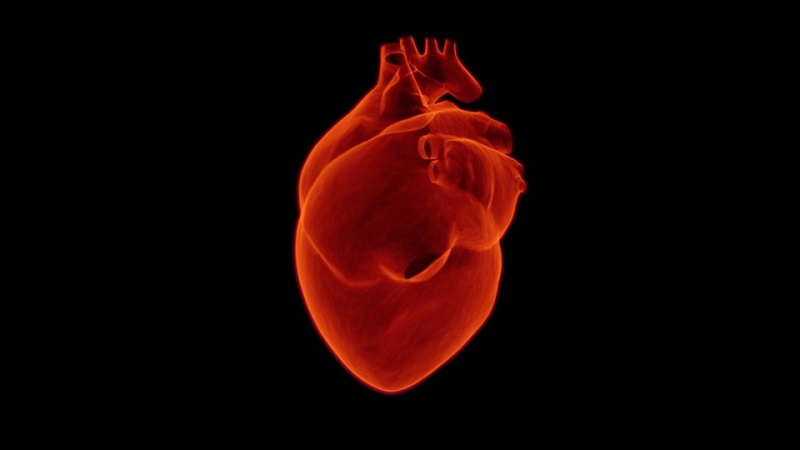
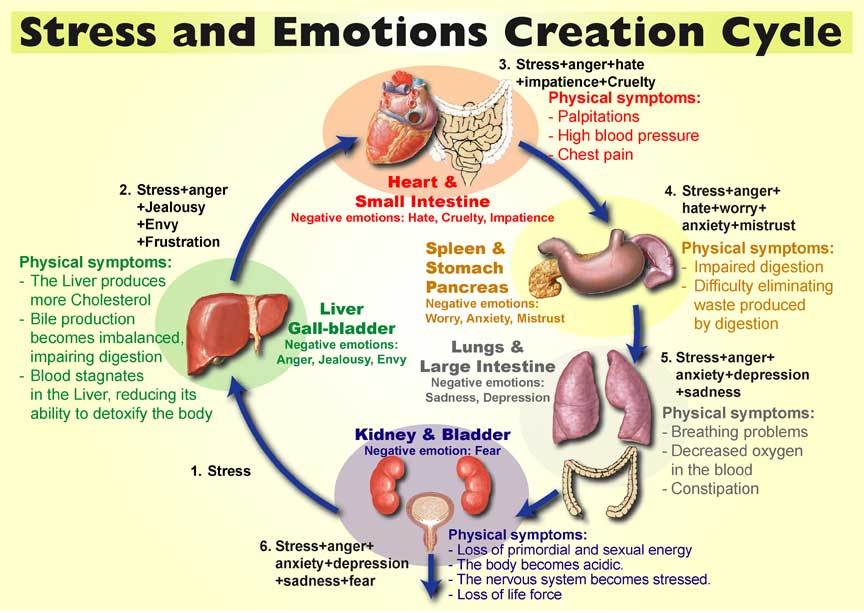
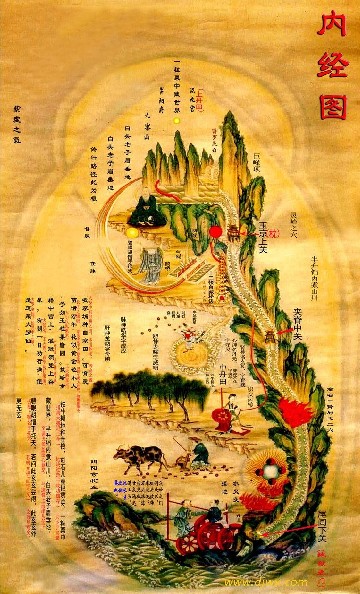
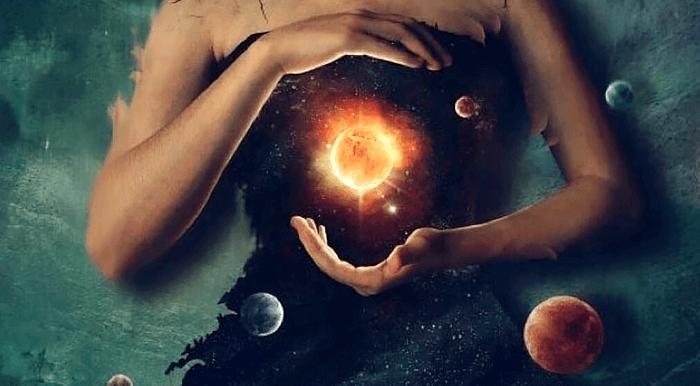
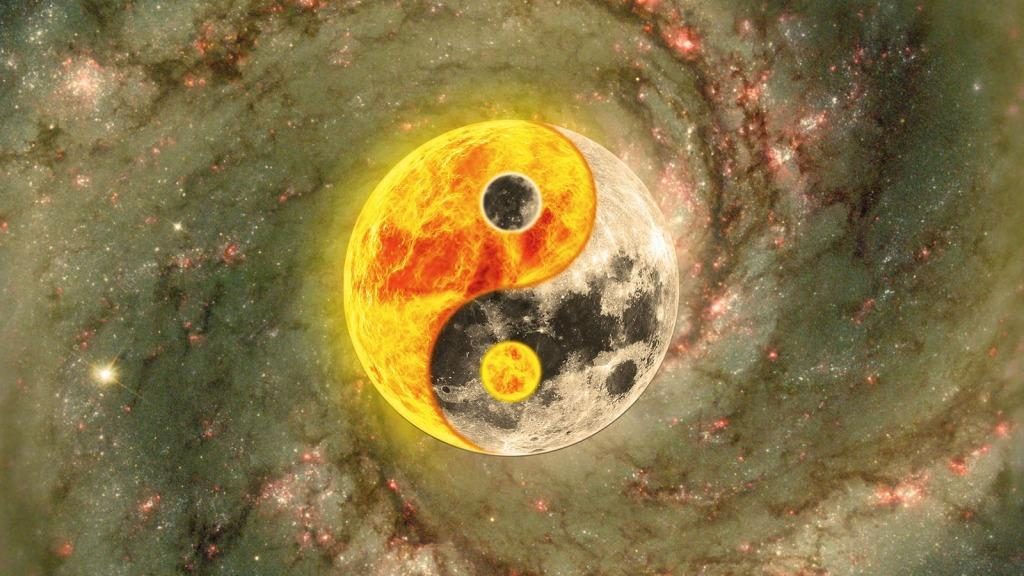
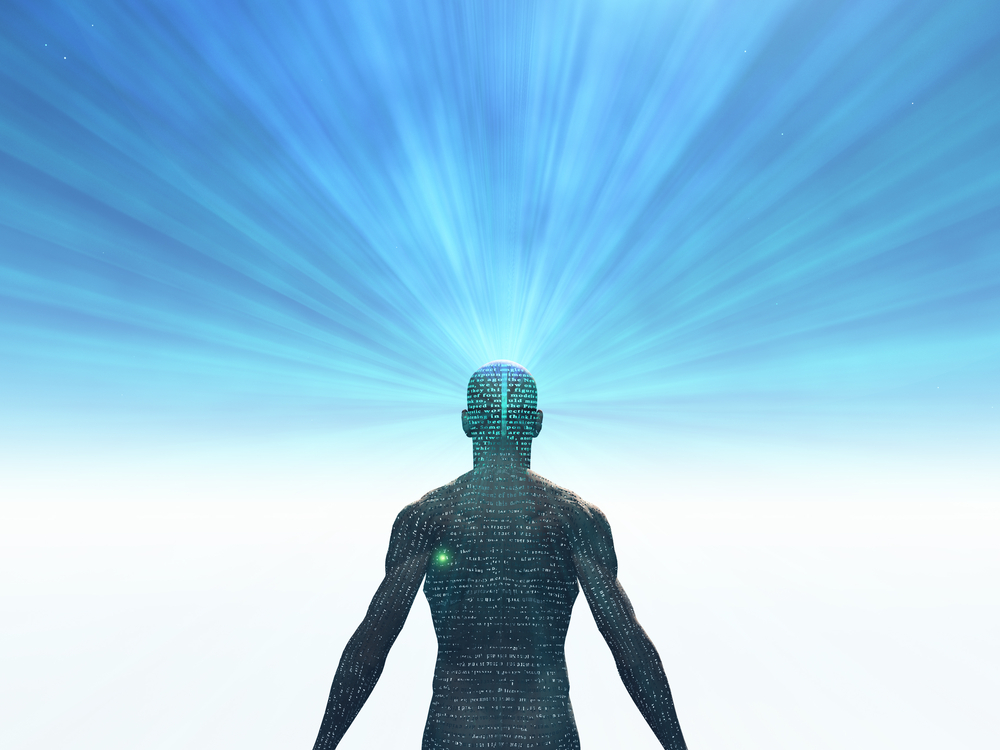
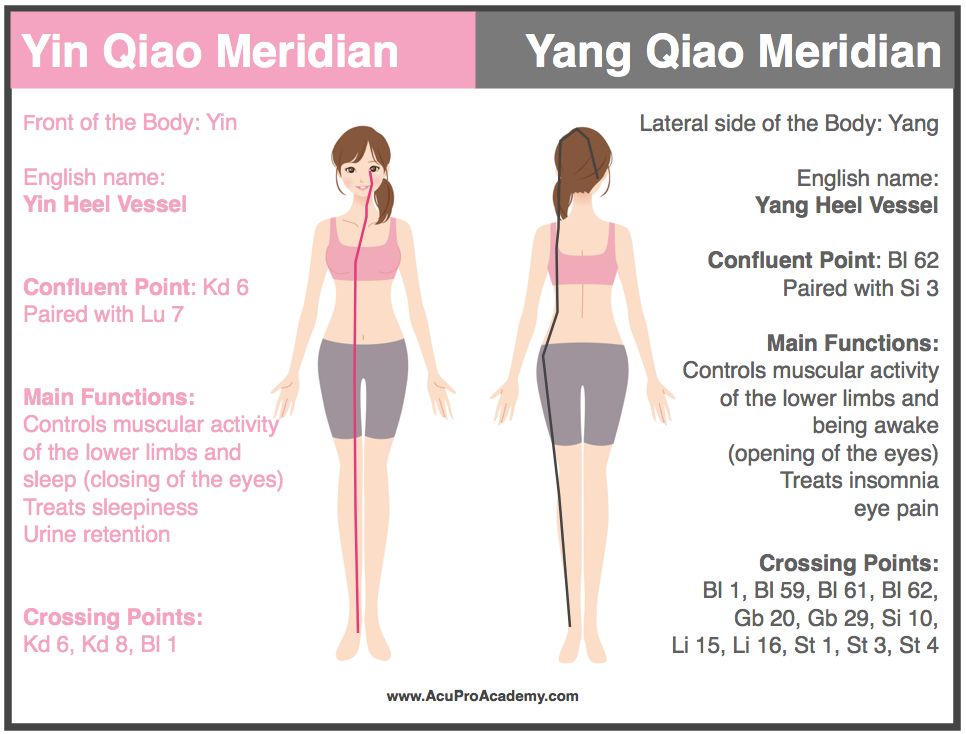
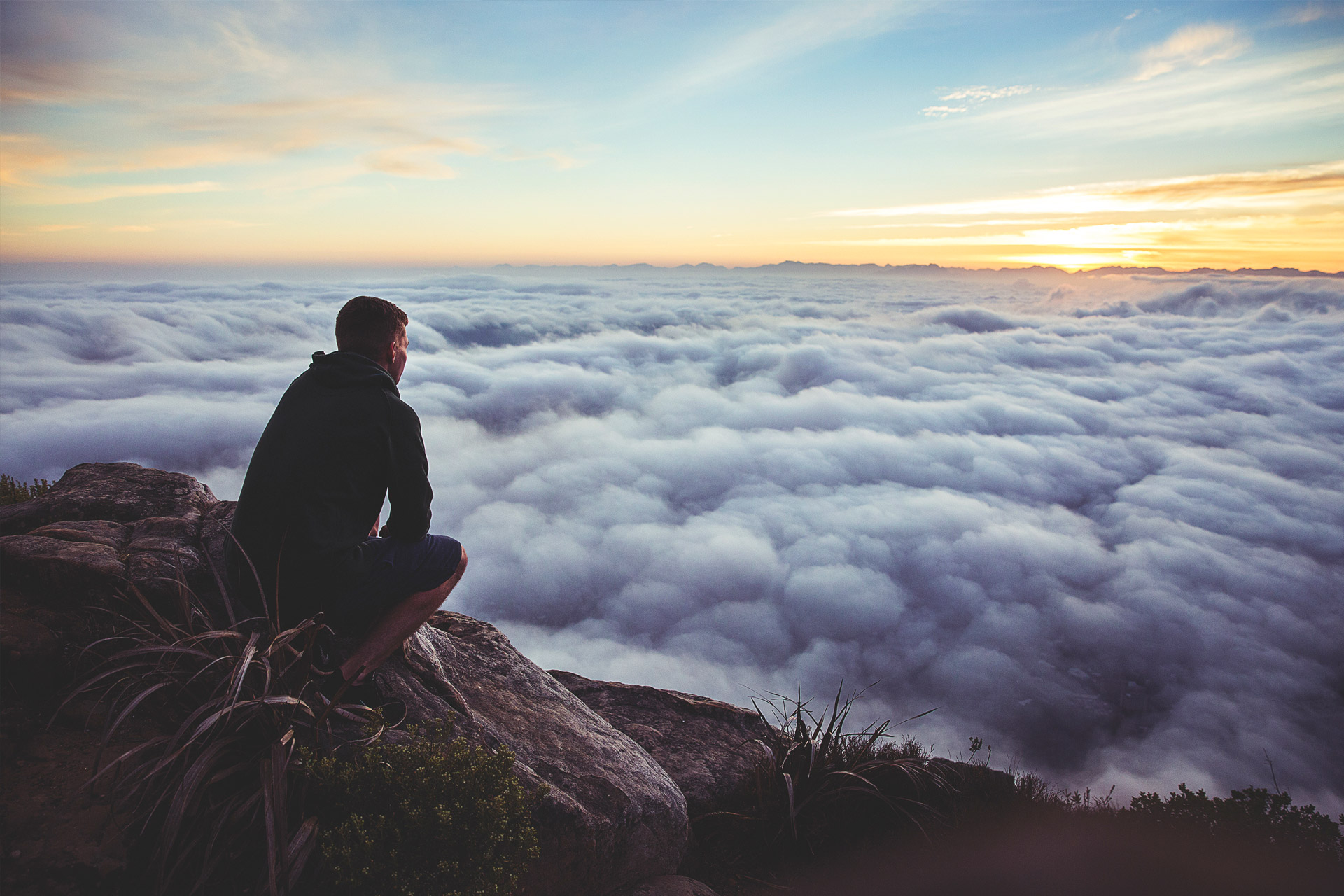

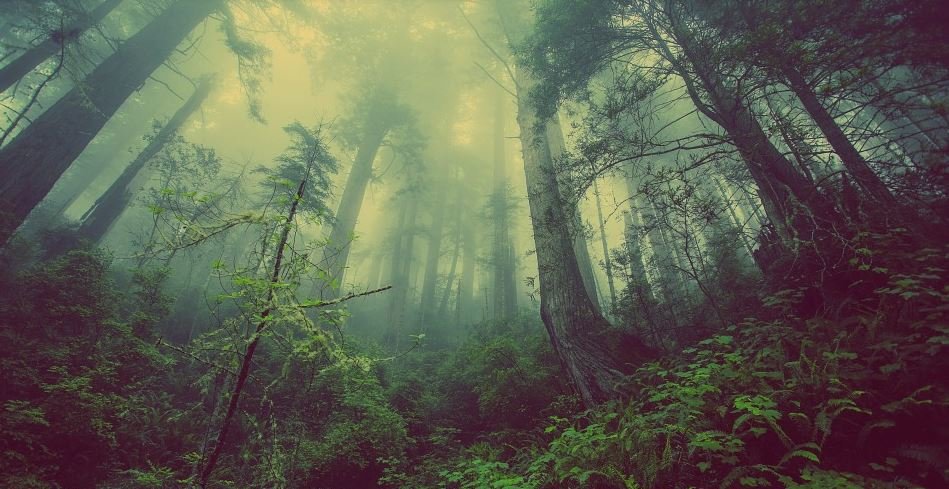
No Comments